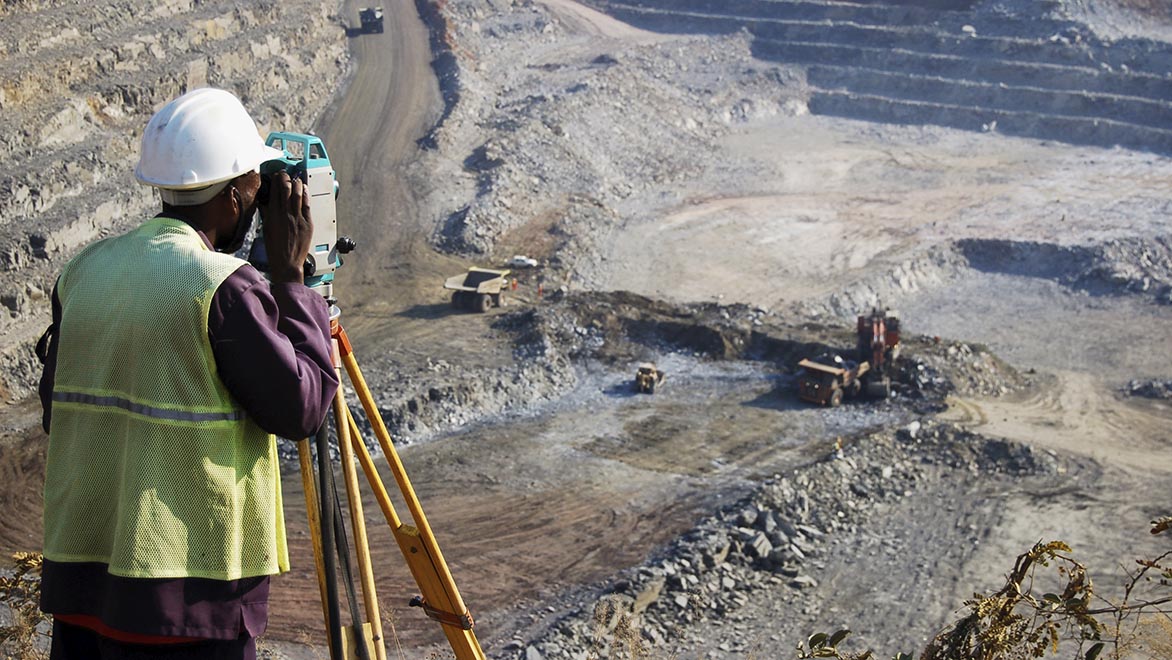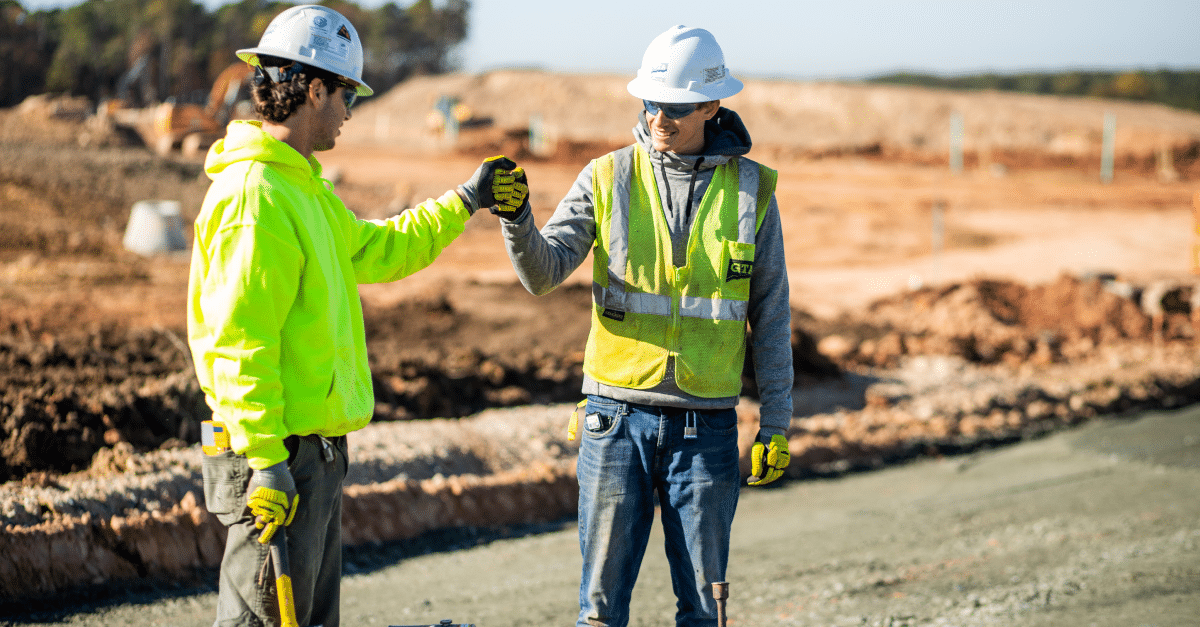What Does Geotechnical Engineering For Construction Projects Mean?
What Does Geotechnical Engineering For Construction Projects Mean?
Blog Article
An Unbiased View of Geotechnical Engineering For Construction Projects
Table of ContentsAn Unbiased View of Geotechnical Engineering For Construction ProjectsThe Main Principles Of Geotechnical Engineering For Construction Projects Geotechnical Engineering For Construction Projects Can Be Fun For AnyoneSome Known Questions About Geotechnical Engineering For Construction Projects.The 6-Minute Rule for Geotechnical Engineering For Construction ProjectsGeotechnical Engineering For Construction Projects Things To Know Before You Get ThisGeotechnical Engineering For Construction Projects Things To Know Before You Buy
Principles and Technique of Ground Renovation. Ground Enhancement Concepts And Applications In Asia. Design analysis in rock technicians.Cengage Learning, Stamford, 666 p. Atkinson, J., 2007. The technicians of dirts and foundations. Taylor & Francis, N.Y., 442 p. Drifting Offshore Wind Generators: Feedbacks in a Sea state Pareto Optimum Styles and Financial Evaluation, P. Sclavounos et al., October 2007. Nicholson, D, Tse, C and Cent, C. (1999 ). The Observational Method in ground design concepts and applications.
Geotechnical Engineering For Construction Projects for Beginners
Lab and area screening plays an important function in this procedure. By removing samples from the earth's subsurface and applying a suite of examinations, geotechnical engineers can predict the behavior of dirt layers and evaluate their viability for different building endeavours. The essence of geotechnical design in civil engineering can not be overstated, attributable to several elements: The initial action in any kind of geotechnical research includes determining the soil type at the building site.
Recognizing these qualities makes certain that just appropriate dirt types are chosen for the advancement, therefore avoiding prospective structural failures. The structure functions as the bedrock of any building project. Choosing the appropriate foundation kind is a decision that rests on the comprehensive evaluation offered by geotechnical engineering. This guarantees the durability and stability of frameworks by fitting the lots they will certainly birth.
Geotechnical website investigation is an essential action in the preparation and execution of any building task. It involves the collection and analysis of information associated with the physical residential or commercial properties of dirt and rock beneath a proposed construction website. This details is essential for the style and building and construction of safe, stable, and lasting frameworks.
Geotechnical Engineering For Construction Projects Things To Know Before You Buy
, likewise understood as subsurface expedition, involves a collection of tasks aimed at establishing the soil, rock, and groundwater conditions at a building website. The primary purposes are to recognize potential geotechnical dangers, assess the design homes of subsurface products, and offer referrals for the layout and building of structures, preserving walls, and various other structures.
The desk study aids in determining potential geotechnical concerns and preparing the subsequent fieldwork. This entails observing the topography, drain patterns, existing structures, plants, and any signs of instability or disintegration.
The Basic Principles Of Geotechnical Engineering For Construction Projects
Superficial examination pits are dug deep into to directly observe and example the dirt and rock. This approach serves for studying the upper layers of the subsurface and determining near-surface hazards. Non-invasive geophysical methods, such as seismic refraction, ground-penetrating radar (GPR), and electric resistivity tomography (ERT), are used to map subsurface conditions and spot abnormalities.
Dirt and rock examples accumulated during the area examination are subjected to lab testing to determine their physical and mechanical residential properties. These examinations offer vital information for geotechnical evaluation and design.
The primary benefit of geotechnical website examination is guaranteeing the safety and stability of frameworks. By comprehending the subsurface problems, designers can develop structures and other architectural aspects that can stand up to the lots and ecological pressures they will certainly go through. This decreases the risk of settlement, subsidence, and structural failure.
The 9-Minute Rule for Geotechnical Engineering For Construction Projects
For instance, recognizing dirt attributes can direct the selection of excavation methods, dewatering approaches, and ground renovation procedures. This makes certain effective and risk-free building and construction methods. Geotechnical site examinations here are usually needed by building codes and guidelines. Sticking to these demands makes certain conformity with lawful and safety criteria, preventing possible lawful obligations and project delays.
This information is very useful for project managers, designers, and professionals in establishing realistic schedules, spending plans, and contingency plans. Geotechnical Engineering for Construction Projects. Skyscraper in a Coastal AreaIn a coastal city, a skyscraper household structure was intended on a website with believed loosened sand deposits and a high water table. A comprehensive geotechnical investigation, consisting of borehole exploration, CPT, and geophysical studies, was performed
Excitement About Geotechnical Engineering For Construction Projects
Based upon these searchings for, the structure layout was customized to consist of deep pile structures expanding right into steady strata, and ground enhancement strategies, such as vibro-compaction, were carried out to alleviate liquefaction risks. This proactive technique made sure the safety and security of the structure while preventing costly post-construction removal. Infrastructure Growth on click here to read a Sloping TerrainA significant infrastructure task, involving the building of a freeway and bridges, was intended on an uneven surface with steep slopes.

The Leaning Tower of Pisa (Italy), a legendary architectural wonder, is well known for its unplanned tilt from significant geotechnical issues. The tower's structure was improperly made to take care of the soft, unstable soil underneath it, resulting in irregular settlement and its distinctive lean. Our world is populated with remarkable framework projectsfrom looming high-rises to stretching bridgesall standing testimony to the evolution of the numerous building and construction equipment and methods available.
Geotechnical design is a specific field within civil engineering that focuses on studying the actions of planet products. This branch digs deep into the groundinvestigating exactly how the dirt, rock, and groundwater at a building site can influenceand be influenced bythe facilities that we erect on and into them. Prior to a solitary block find out here now is laid or a concrete structure poured, geotechnical designers probe right into the earthgathering vital data concerning the site's soil composition, rock framework, and groundwater degrees.
Top Guidelines Of Geotechnical Engineering For Construction Projects

is a device used to evaluate the integrity and load-bearing capability of piles during installation, leveraging the concept of wave propagation. It enhances construction performance by giving real-time assessments, therefore making certain safe and reliable stack foundations. One of the functional applications of geotechnical design involves deciding and implementing the best approaches for structure construction.
Pile driving stands for even more than the simple act of placing structural elements right into the ground. On the contrary, it is a thoroughly coordinated procedure of transferring a structure's load past the much less steady soil layers better to the surfacedown to the extra considerable strata that lie underneath. In the case of pile driving, take into consideration exactly how geotechnical engineers skillfully utilize this technique to equally disperse the structure's weight.
Report this page